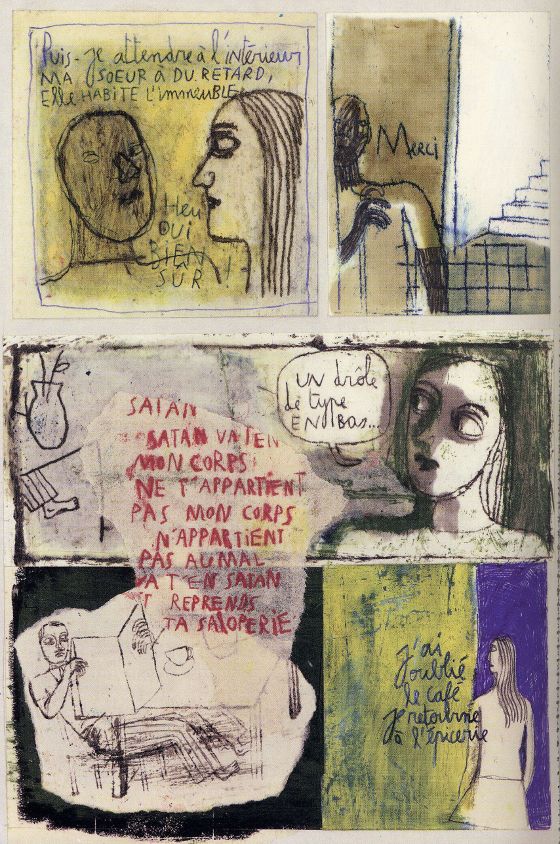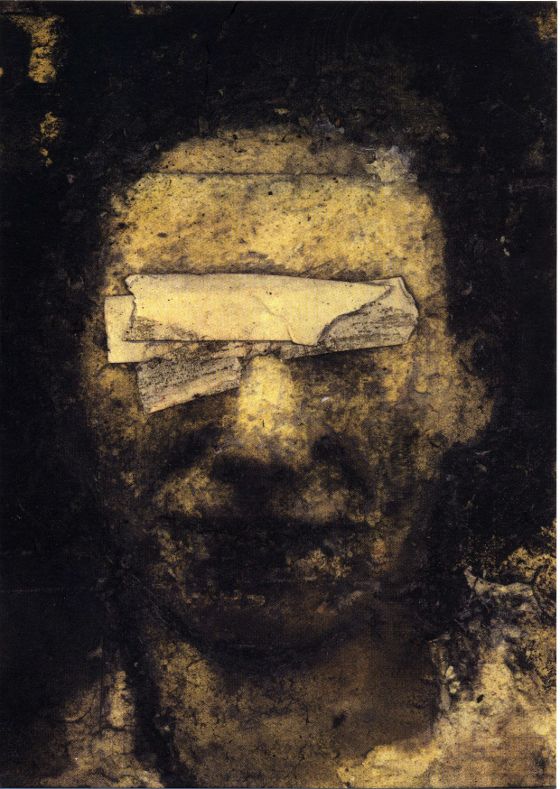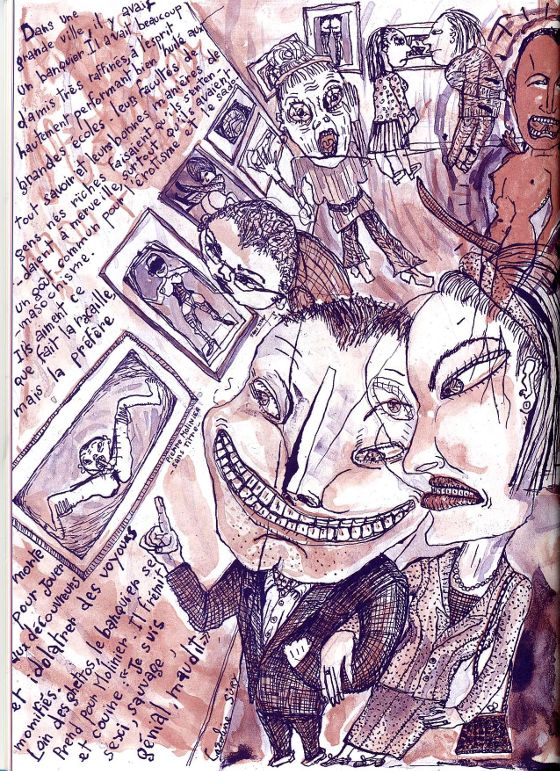Dominique Goblet – Stefano Ricci – Caroline Sury
In Kooperation mit Fumetto – Int. Comix-Festival Luzern
Comic drawers and artists are united by a 100-year-old relationship of fascination and disrespect, of give and take, of convergence and disassociation and most of all: of misunderstanding. First to break the boundaries and wander was Lyonel Feininger. But for a long time the world of artists has disregarded (the fact), that Feininger—well known as a cubistic painter and Master of Bauhaus—had started his career as a talented and successful cartoonist and comic drawer in 1894. It’s mainly the comic-scene, who remembers Picasso’s saying «I only regret one thing: The fact I never drew comics». And then there is Roy Lichtenstein: The pop-artist ennobled single pictures from trashy sixties comics by enlarging them and creating new balloon texts. In doing so he became world-famous. But who originally created these comics was of no interest to anyone. Why would it? Comics aren’t real art anyway.
Artists have regarded comics for a long time now as an inexhaustible supply of useable icons, simply there for the taking at their leisure: Comics offered a smell of the dark and forbidden, their vitality gave life to gallery and museum walls a like, and their popularity guaranteed realism through recognition. The comics themselves though had no chance in museums, except in France that is. Most attempts made by artists (those at least in the first 10 years of comic-history were often hindered painters – the only example to be mentioned here is the Globi drawer Robert Lips) to establish themselves in the art world on the other hand failed, admittedly due mainly to a lack of quality in their work. An enlarged comic-panel is not a picture; art and comics are two different forms of expression with individual rules, possibilities and limitations.
Luckily both the art and comic scenes are on the move and active: Ever since the seventies artists have been making the break, undermining the artificial boarders between higher and lower cultures, feeling quite at home in either of the two worlds. One of the original and most consequent boarder liners would have to be Gary Panter, a man who sacrificed a decent career in the art business to pursue an anarchical movement in every direction possible, (including comics, art, illustration, set design, web-animation, multi media performance, advertising, music etc.). Today he’s a shining example and idol to countless similarly directed artists all over the world! In Switzerland we have M.S. Bastian (he’s decorated this years Le Pulp-Fumetto Bar), the most successful example of an artist who romps carelessly between comics and art. Other similar, carefree type outlooks are on display in the Lucerne Art Museum with Dominique Goblet, Stefano Ricci and Caroline Sury.
It’s not a coincidence that these artists have all displayed their work at the Lucerne Comics Festival already. In actual fact Fumetto is quite possibly the only Comic-Festival that purposely targets (& has done from day one) the interface between comics and art. But it was never the idea to enhance or raise the status of comics to a higher art form using dogma or other concepts, Fumetto wanted and still wants to show just how interesting pieces can actually be in this wide open fallow.
Christian Gasser
Dominique Goblet (Belgium)
Dominique Goblet’s work has been seen numerous times in Lucerne: 1994 on the Kappelbrücke (Chapel Bridge), 1998 in the local swimming centre and Rebstock Hotel. Even though the quality of her pictures stands out at first sight, as she puts it herself, the telling of the story is and remains the middle and most important point. The pictorial and the narrative balance the scales; Goblet is an extraordinary drawer, the way she understands how to bring across complex, heavy stories subtly in just a few pages. The comic scene is eagerly awaiting the release of her new autobiographical comic about the relationship she has to her parents, due for release with the French publishers L’Association this year. The art scene however has been following her current piece with interest, the award winning Nikita—Dominique Goblet et sa fille. With the use of opposing portraits, Dominique Goblet and her daughter Nikita are able to keep in touch with each other’s inner and outer changes. The installation presented here is conceived by the artist herself. It provides an insight into her creative process and subliminally deals with issues of power determinating all forms of cohabitation.
Stefano Ricci (Italy & Germany)
One could almost call Stefano Ricci (born 1966) the Renaissance man of this exhibition. He’s a comic author, illustrator and artist, but also a publisher, screen printer and curator. He released the Mano series together with Giovanna Anceschi, a type of platform for picture-stories and narrative art in the broad sense, in the way he delivers a very sensual but also intellectual discussion concerning the subject of drawing. This discussion has also left its mark on his own work: Each page displays the whole procedure in how it came to be, the first sketch right up till the final piece, all on show. He continues to put layer after layer on his pictures creating a relief type surface using a wide range of materials including; oil crayons, lead pencils, masking tape, glue sticks, transparent paper, water colours or spray paints. The final result resembles an old wall with its layers of paint and other organic deposits. His pictures and illustrations, but also his comics all live from atmosphere and suggestion, more than from clear structured narration—their uncertainty should allow a subjective legibility. In the works presented here, Ricci questions the loss and gain of quality caused by reproduction, using silkscreen as well as the old-fashioned heliography technique.
Caroline Sury (Frankreich)
Caroline Sury (*1964) betreibt mit ihrem Partner Pakito Bolino den umtriebigen Undergroundverlag Le Dernier Cri in Marseille, der mit spektakulären Siebdruckbüchern, wilden Videofilmen und sensationellen Ausstellungen für Furore sorgt. In erster Linie ist Caroline Sury aber eine Künstlerin, die – immer inspiriert von ihrem Leben und ihrem Alltag – mit rohem Strich ausdrucksstarke, chaotisch anmutende Bilder zeichnet, in denen sie nicht mit spöttischer bis böser Überzeichnung geizt. Neben Publikationen im eigenen Verlag zeichnet Caroline Sury regelmässig auch für L’Association, Strapazin und andere einschlägige Comic-Magazine und kommentiert den Alltag in der Mittelmeer-Metropole Marseille in einer wöchentlichen Zeichnung für das dortige Magazin L’Hebdo.


